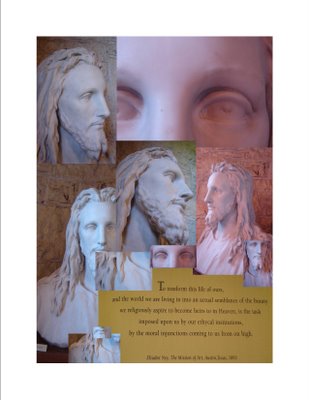
Many great works of art begin as nothing more than an idea. The artist’s task is to draw out of the inanimate, a semblance of life. In doing so, the artist transforms ordinary material into an extraordinary expression. For the sculptor, the process often begins with lumps of clay that are pressed together—each building on the last. Once the clay model is completed, the artist may employ other media (wax, resin, bronze, marble, etc.) in the attempt to capture the message. The Gospel of John is a great work of art—and like a cherished masterpiece, it comes to us with its own sense of mystery, perspective, and awe. The Gospel of John is also a great artist—molding us into new shapes, like little bits of clay that are pinched and pushed until they are in the proper place. The text lives because it is an expression of the spirit, and as a living text, it stakes its claim on its audience. Engaging a “live” text in conversation is both transformational and frightening—at times it may seem that the text is intent on pursuing avenues of discourse that the audience does not care to tread. Yet, like any good teacher, the text knows when to push and when to be pastoral...
No comments:
Post a Comment